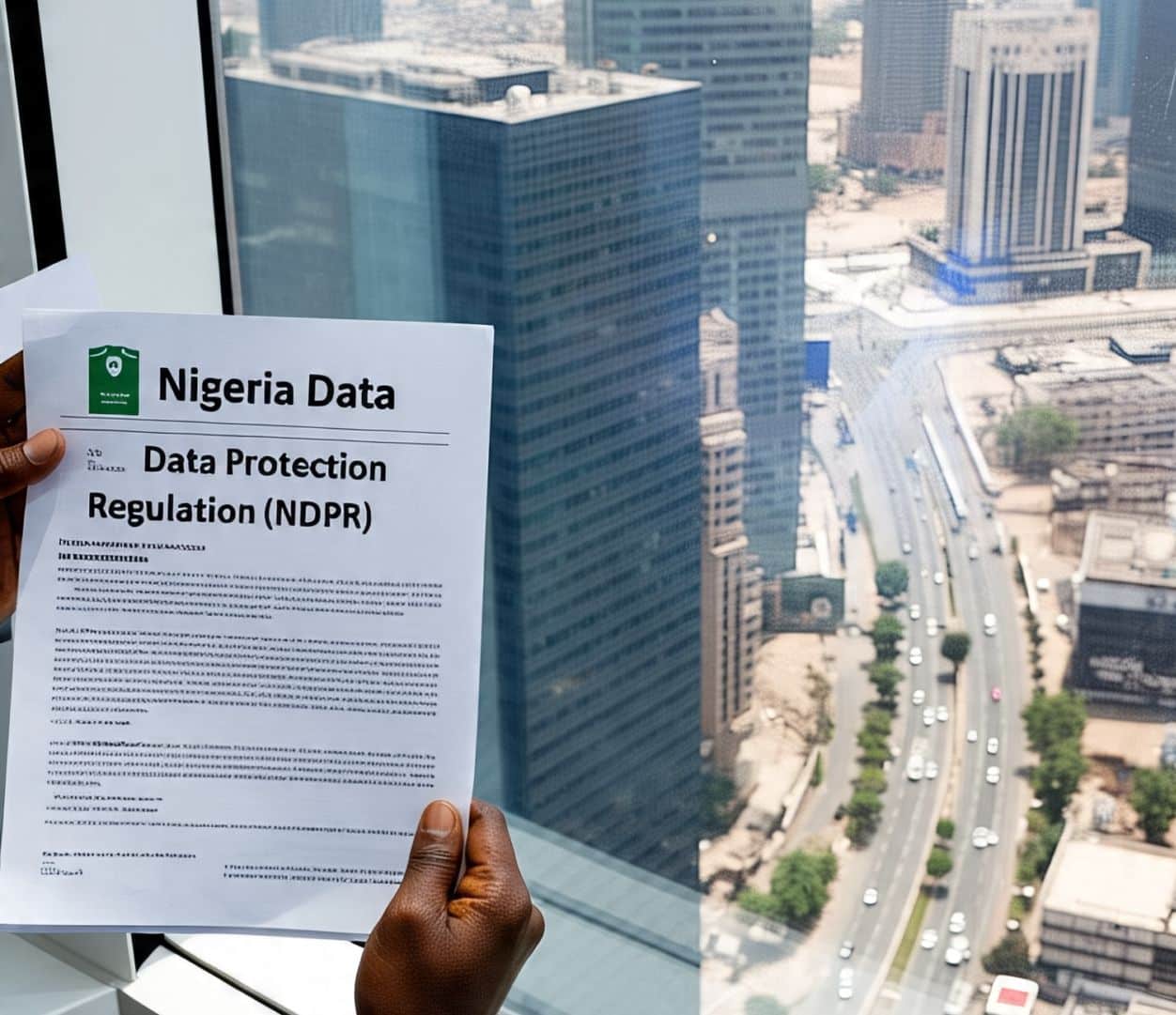What’s the first thing that comes to mind when you hear about communicating with customers? I bet you think of conventional customer service: reaching out via emails, calls, SMS, and social media.
The importance of an outstanding customer service team cannot be overstated, but as tech adoption increases, there’s a need to know that there are different levels to interacting with your customers. To put it simply, the rules are changing.
At the just concluded Termii Elevate 1.0 Conference, themed “Scaling with stellar communication technologies,” there were discussions around the several spectrums of communication and how they are shaping present and future businesses.
During a panel session discussing communication models that lead to customer conversion, five C-level executives at recognised African startups shared their ideas for communicating with their customers and best practices that have helped their businesses.

You can watch this video for the full conversation or continue reading to get snippets of the discourse.
A new age of customer engagement
Since we cannot shy away from how communicating with customers is an essential part of a business, an excellent place to begin this insight is by understanding the different models of communication that can be adopted within a company.
However, in addressing this, let’s remember that we’re attempting to answer the golden question of how you can make your customer’s life easier and more efficient.
Communication models that emphasise feedback
This is arguably the most effective mode of business communication. The end goal of customer engagement is to get them to take the desired action. The circular model, where a message goes from the sender to the receiver, who sends feedback to the sender through the same or a different channel, is an excellent example.
An effective communication cycle would see a business that plans to introduce a new feature on its app or website communicate the upcoming change via any of its available engagement channels long before its launch. This is typically followed up by another message when the feature is activated.
The first message is to gauge people’s interest and cause them to anticipate the feature, while the second message is a call to try it out. It is crucial to create a response channel in communication to avoid being ignored.
Communication models that don’t require feedback
This model is useful since there can be different situations under consideration. In this model, the communication line ends at getting the message to the receiver and can be as simple as a message popping up on an app after a successful order or payment, for instance.
Points to note before using any of the communication models
Understand your customers’ personas and pay attention to the peculiarity of your market.
It is common for startups to provide various versions of a solution in different markets, with Paystack in Africa mirroring Stripe in the US. Consequently, there is a tendency to erroneously adopt techniques, including engagement styles, from markets that appear to have gotten it right.

Babajide Durosola, General Manager, M-KOPA, has facilitated the move of SafeBoda and M-KOPA — two companies playing in the East African market — into Nigeria. He explained how a market’s uniqueness has to be considered before engaging customers.
“It involves a whole lot of communication. Communicating the brand, the brand promise, the mission, and the vision. It’s as simple as getting people to understand certain things, even in the name of the company. Very good examples are SafeBoda [which] means safe okada, and M-KOPA [which] means mobile borrowing in Swahili; how do you communicate these things to the average Nigerian or West African?”
He went on to clarify how he could get the average Nigerian to connect with these services. He believes communication hasn’t happened if the audience doesn’t understand what’s being communicated.
Frederick Adams, Co-founder/Chief Product Officer (CPO), Bankly, also pushed for clarity during communication.
“If you’re a vendor who is trying to build a brand beyond Instagram, you have to be very deliberate about how you communicate, the frequency, the clarity, and who you are speaking to. You could have templates already to engage with that person.”

Similarly, Kika Osiagwu, Sales Associate (Startups), Paystack, submitted that “Borrowing stories directly and not conceptualising them before applying those stories to our context, our reality, our situation, that’s one of the things I would say doesn’t necessarily tell well on the storytelling we do here [Africa] sometimes.”
For Toni Dada, Founder, Enterscale and Wiicrypt COO, it is vital to understand and prioritise the customer’s problems. But it doesn’t end there; including discovery about the customer’s problem in messages sent to them makes your communication more effective.

Continuous customer engagement while keeping communication open and honest
Customers are unarguably the most important entity in a business, but the impact of other influential stakeholders is also key. And because there’s a need for balance, Osiagwu reiterated the need to always keep clients in the loop while referring to a particular situation when Paystack, a payments solution provider, had to change its settlement style due to an unexpected regulatory directive.
“We had to communicate it in a way that does not vilify the regulator while assuring customers that we still have their best interest in mind and we’re working towards a solution that would give them less headache even though the current situation was not ideal.”
TeamApt’s COO, Tobi Amira, believes a lack of communication can sometimes be termed miscommunication which might eventually affect trust and customer loyalty.
On protecting a company’s public image, Dada advised honesty and openness with customers when there is a crisis, explaining how it affects them and how the company plans to handle it.
“What is most important is to explore avenues for customers to also return that feedback. And we don’t receive feedback just for the sake of receiving feedback; there’s [the] implication for how you improve your product or service going forward.”
Sometimes, silence is golden
The conversation gradually focused on when to be silent, a somewhat controversial position that contrasted with the point about openness and trust.
And Duroshola was quite vocal about when silence becomes golden.
“It’s important to note that at some time, not even saying anything is a very strong point in communicating. With communication, you want to put the right message out there to the right audience so that the audience would understand what’s going on.”

Amira agreed with this, saying the right context is necessary before communicating. But it seems like this is difficult for some founders for a reason.
“I think we are a bit scared of humanising ourselves, in the sense that we want to look like this perfect brand where everything is working all the time.”
Automate your communication process to make it seamless
Amira recalled why TeamApt decided to adopt Termii’s services. He alluded to how the technology came in handy to immediately notify customers using their lending service anytime a contribution is made. He confirmed that this was a game-changer because the market in question is cash-based which means bank alerts are not in the picture.
“There are several scenarios as you go lower and lower down on the pyramid; you really can’t afford for delivery not to be a hundred per cent,” Amira added.

For context, Termii offers omnichannel customer engagement services. And Adams gives some relatable instances of how communication technology works with sorting customers to know which challenges should be addressed, among others.
“On the agency banking side, for instance, we connected to Termii APIs where when a customer deposits, it just triggers and sends an SMS. Then we needed to do a level of segmentation for the customers. Say, customers who just downloaded and installed the app but didn’t complete onboarding, so you’d want to send them SMSes directly because if you send them the notification on the app, you’d find out not a lot of people take action. Termii has been able to provide us with more in-depth information to be able to satisfy a customer.”










